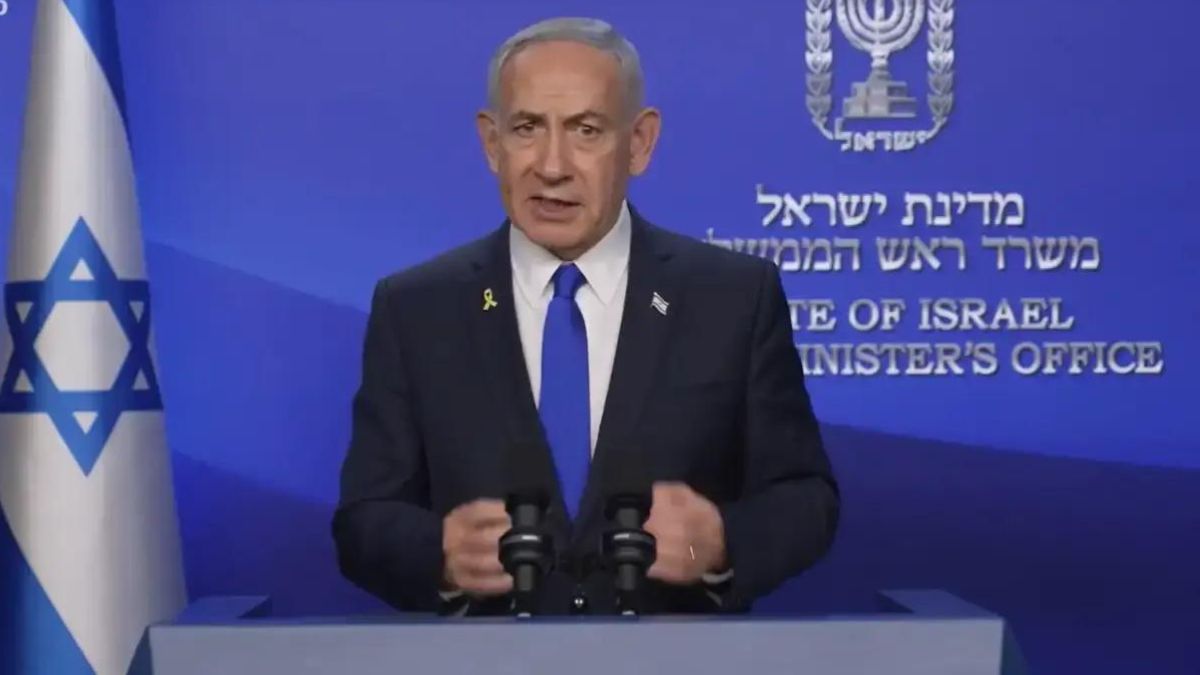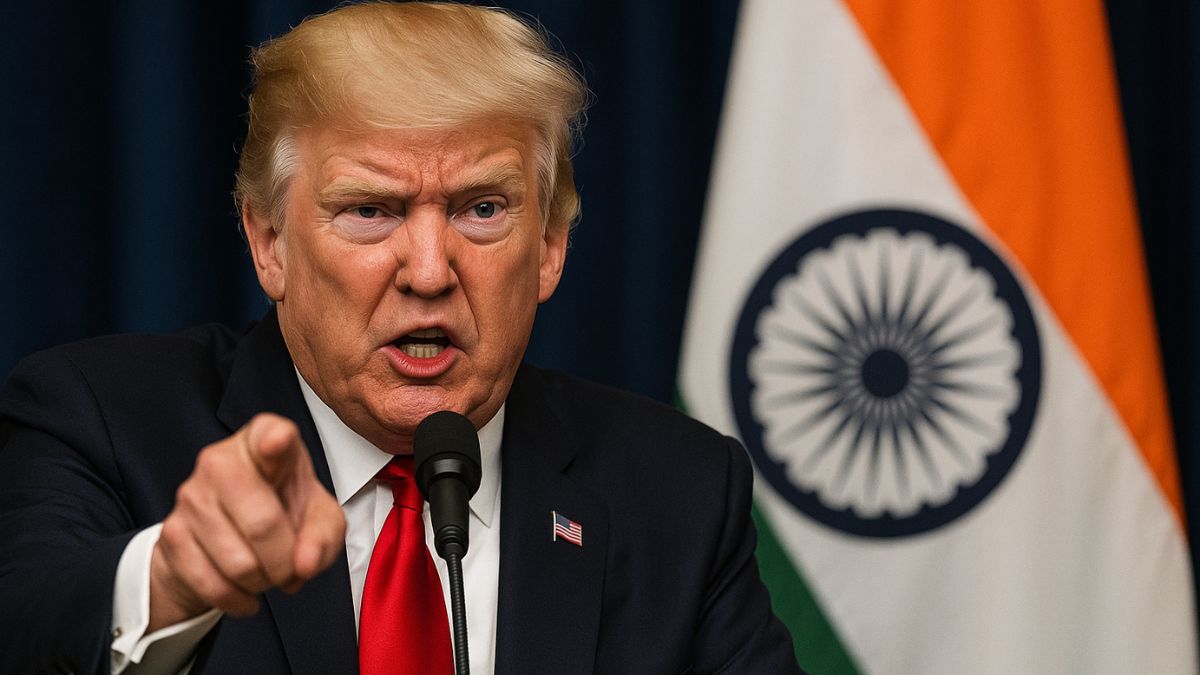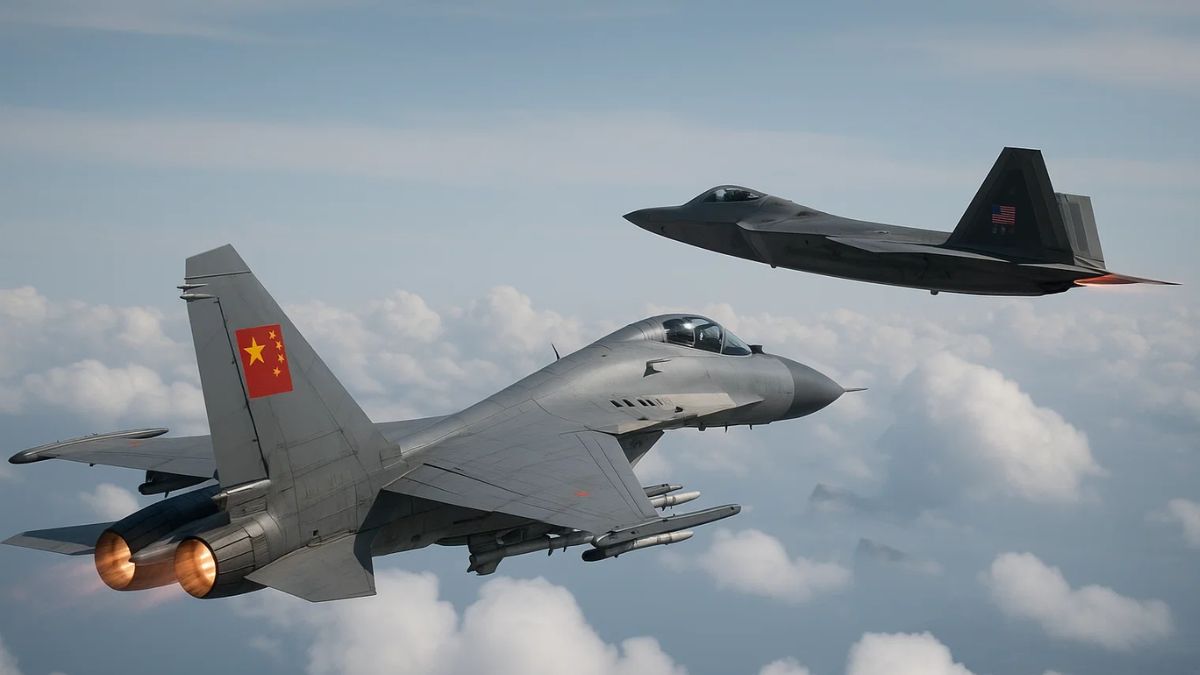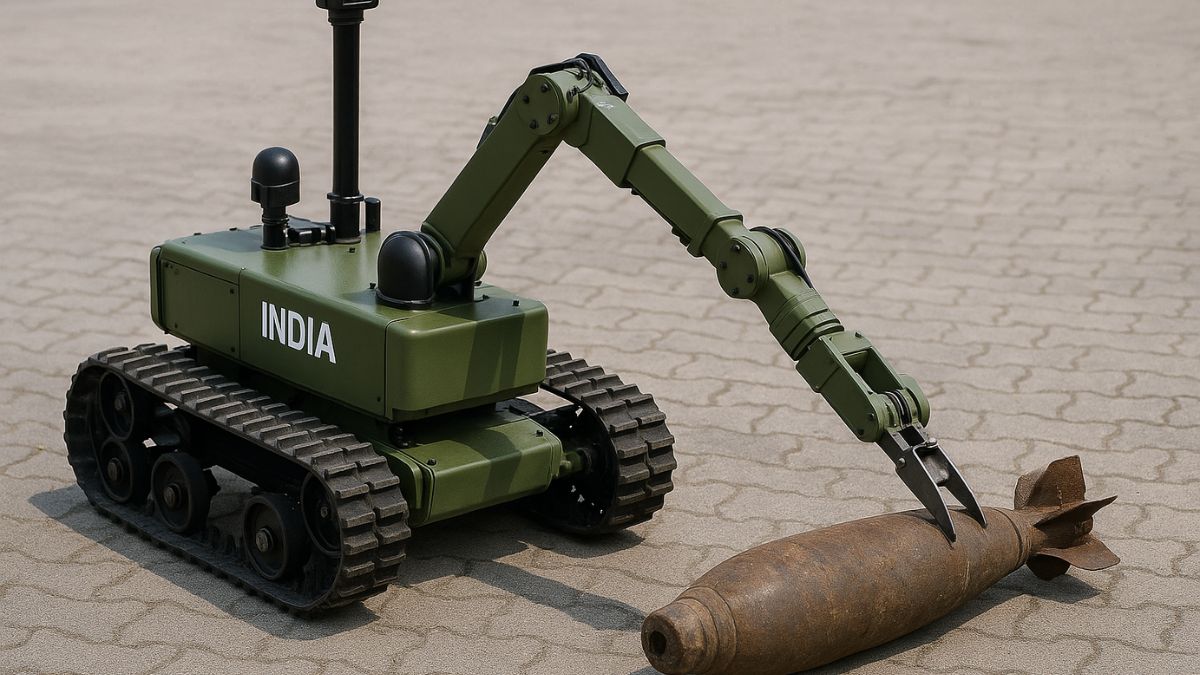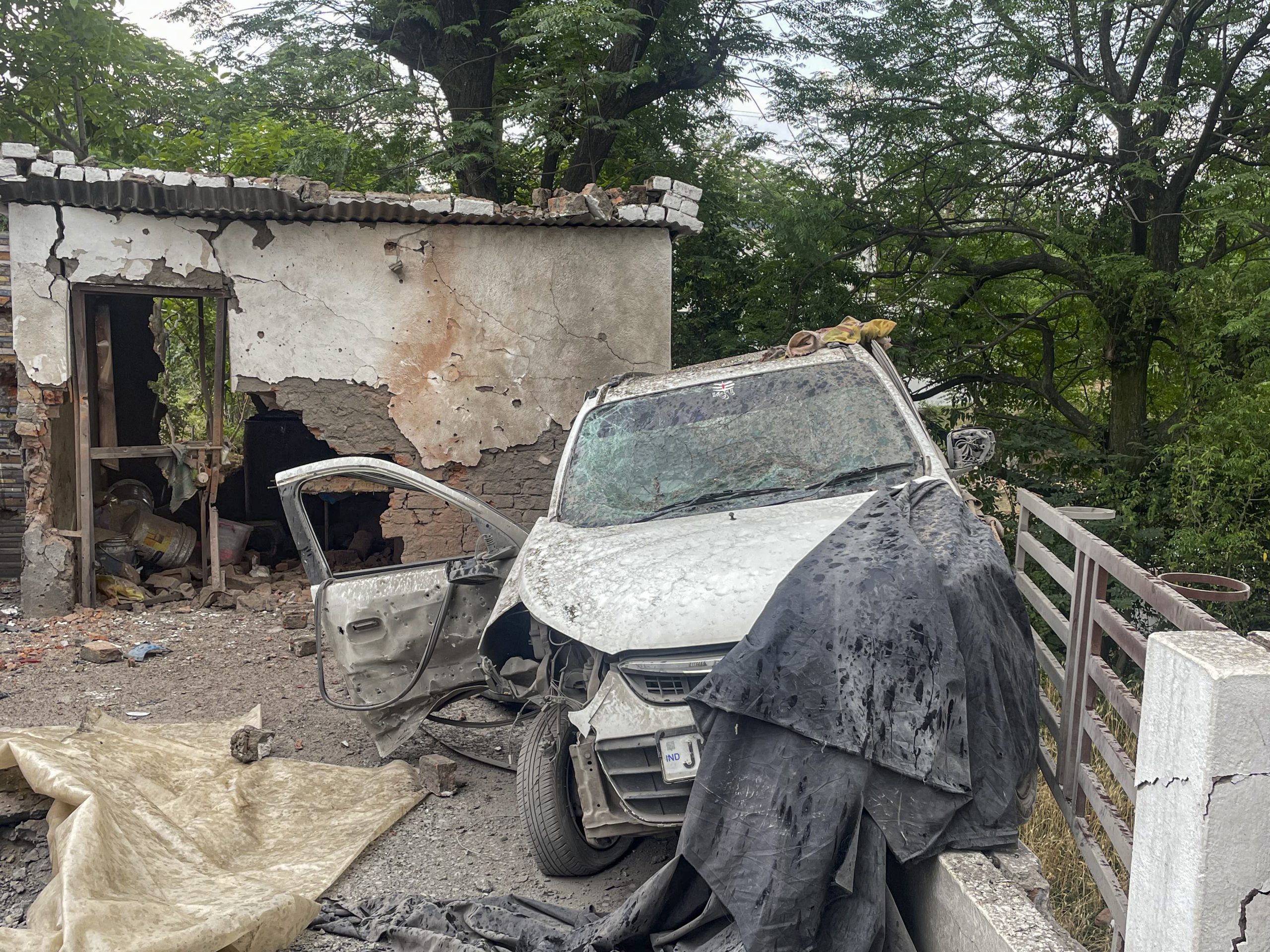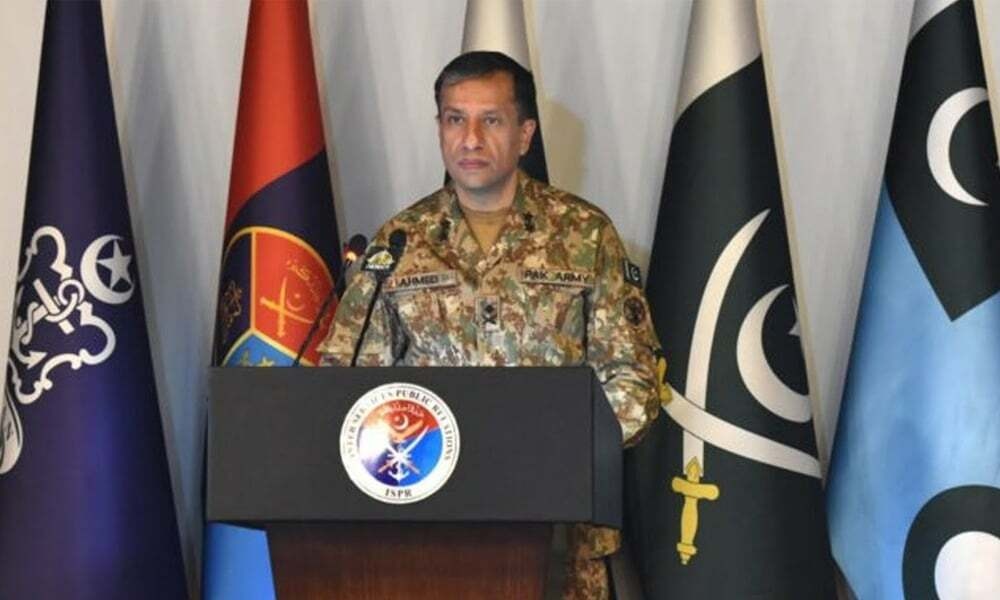India’s Latest Quest: 200 Modern Light Helicopters After Years of Cancelled Tenders

Image courtesy: AI-generated via DALL-E
India’s Ministry of Defence (MoD) has initiated a fresh procurement drive to replace its ageing Chetak and Cheetah helicopters, issuing a Request for Information (RFI) for 200 modern light helicopters — 120 for the Indian Army and 80 for the Indian Air Force (IAF). The move signals a renewed push to modernise rotary-wing assets after decades of delays and repeated cancellations of earlier tenders.
The Chetak and Cheetah fleets, based on 1960s-era French designs, have served as the backbone for high-altitude operations, including deployments in Siachen and along the Line of Actual Control (LAC). However, their obsolescence and a series of fatal crashes have long underlined the urgency for replacements.
What are the capability requirements under the current RFI?
The new RFI specifies that the modern light helicopters must be capable of both day and night operations, carrying small troop detachments, quick reaction teams, and internal and external loads for reconnaissance, surveillance, search and rescue, and special missions.
The platform must operate in extreme altitudes and support attack helicopters in scouting roles. In line with the ‘Aatmanirbhar Bharat’ initiative, the MoD has encouraged bids from Indian firms partnering with foreign OEMs, ensuring technology transfer and domestic production.
What has been the fate of past procurement efforts?
India’s quest for a modern reconnaissance and surveillance helicopter (RSH) dates back to the early 2000s. The first major attempt was in 2003, when the MoD issued a global tender for 197 helicopters (133 for the Army, 64 for the IAF).
This tender attracted global OEMs, including Eurocopter (now Airbus Helicopters), with the AS550 Fennec and Russia’s Kamov Ka-226T. However, in 2007, the deal was scrapped amid allegations of irregularities in the selection process.
A second attempt was launched in 2008 for the same 197 helicopters, and by 2014, the trials had again narrowed the contenders to Airbus and Kamov.
This time, the procurement was cancelled after the government decided to prioritise domestic manufacturing under the ‘Make in India’ policy. Instead, the plan shifted towards a joint venture between Hindustan Aeronautics Limited (HAL) and Russia’s Rostec to produce the Kamov Ka-226T in India.
That joint venture was formally announced in 2015, with an intergovernmental agreement for 200 Ka-226Ts. Yet, the programme stalled over cost issues, localisation requirements, and protracted negotiations.
By 2021, the project had effectively gone cold, with the Army and IAF pushing HAL’s indigenously developed Light Utility Helicopter (LUH) as a possible alternative.
What were the indigenous efforts at chopper modernisation?
The IAF’s broader modernisation plan includes indigenous fighters, transport aircraft, radars, and a fleet of light combat and utility helicopters.
The government has already approved the purchase of 156 Light Combat Helicopters (LCH) from HAL worth over INR 45,000 crore, to be deployed along the China and Pakistan borders.
With the Chetak and Cheetah fleet well past its operational prime, the latest RFI marks a decisive step in closing a two-decade-long capability gap.
However, whether this procurement can avoid the fate of previous tenders will depend on streamlined acquisition processes, realistic cost structures, and timely delivery schedules.
If executed successfully, this programme could bring an end to a 20-year procurement saga and significantly enhance India’s high-altitude air mobility and surveillance capabilities.
